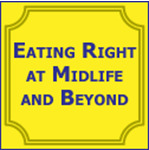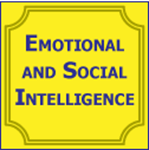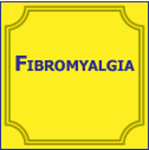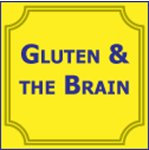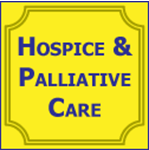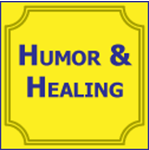You have no items in your shopping cart.
Booklets with Test
Eating Right at Midlife & Beyond
Recognizes the physiological changes that typically occur with age. Describes the programmed and error theories of aging. Recognizes the contribution of genetics to individual lifespan. Explains oxidative stress and the role of antioxidants in combating it. Lists the sources of antioxidants and the foods that provide the best antioxidant benefits. Outlines a healthy eating plan for older adults.
$30.00
Emotional & Social Intelligence
Explains the concept of emotional intelligence. Describes the relationship between emotions and the brain. Outlines how to use emotional intelligence to reduce negative moods. Explains the concept of social intelligence and its components. Identifies the neural circuitry underlying interpersonal behavior. Describes educational programs designed to heighten emotional and social intelligence.
$30.00
Emotions, Moods, & Pain
Lists and describe the six basic emotions that have unique facial expressions. Explains the difference between emotions and moods. Discusses the relationship between emotions, moods, and pain. Identifies brain structures and neurochemicals that play a role in both moods and pain. Discusses the relationship of pain to both acute stress and chronic stress. Lists the similarities between stress management and pain management. Identifies the similar brain areas involved in both physical and emotional pain. Explains the interactions between anxiety disorders, depression, and pain. Discusses cognitive behavioral therapy and its role in pain management.
$30.00
Fibromyalgia
Identifies the issues in the pathogenesis of fibromyalgia as well as controversies regarding the clinical presentations of this condition. Reviews the differential diagnosis of fibromyalgia, including differentiation from myofascial pain syndromes, chronic fatigue syndrome (CFS), irritable bowel syndrome, and other conditions. Identifies treatment regimens and management options for fibromyalgia, including “integrative” treatments (exercise and herbal and over-the-counter remedies). Explains to patients the role of sleep disorders in the pathogenesis of fibromyalgia and in the clinical management of this condition.
$30.00
Gluten & the Brain
Discusses the role of gluten in celiac disease and non-celiac glucose sensitivity. Lists the main food sources of gluten. Identifies the neuropsychiatric components of the gut-brain link to gluten sensitivity. Describes the possible role of the microbiome in gluten sensitivity. Lists the components of a gluten-free diet. Identifies the potential disadvantages of eliminating gluten from the diet.
$30.00
Hair & Nails
Describes the patterns and causes of alopecia and hirsutism. Discusses the evaluation and possible treatments for hair loss and hirsutism. Describes changes in nail color, shape, and texture that indicate underlying illness. Lists medications which can cause hair or nail abnormalities. Discusses practical strategies for maintaining healthy hair and nails.
$30.00
Hospice & Palliative Care
Discusses the goals and challenges involved in palliative care. Lists key aspects of addressing advanced medical directives, do-not-resuscitate (DNR) orders, mechanical ventilation, and tube feedings at the end of life. Describes major symptoms encountered in terminal illness and treatment options. Outlines common sources of mental, emotional, and spiritual suffering at the end of life and measures to ease them. Identifies key factors to improve communication with the patient and family members and ease caregiver stress.
$30.00
Humor & Healing
Describes the different definitions of humor. Identifies the various theories of humor. Discusses the physiology and therapeutic effects of laughter. Discusses the use of humor in health care settings and the role of humor for health care professionals. Defines the relationship between children and humor and the elderly and humor. Identifies some strategies for adding humor to health care practices.
$30.00

